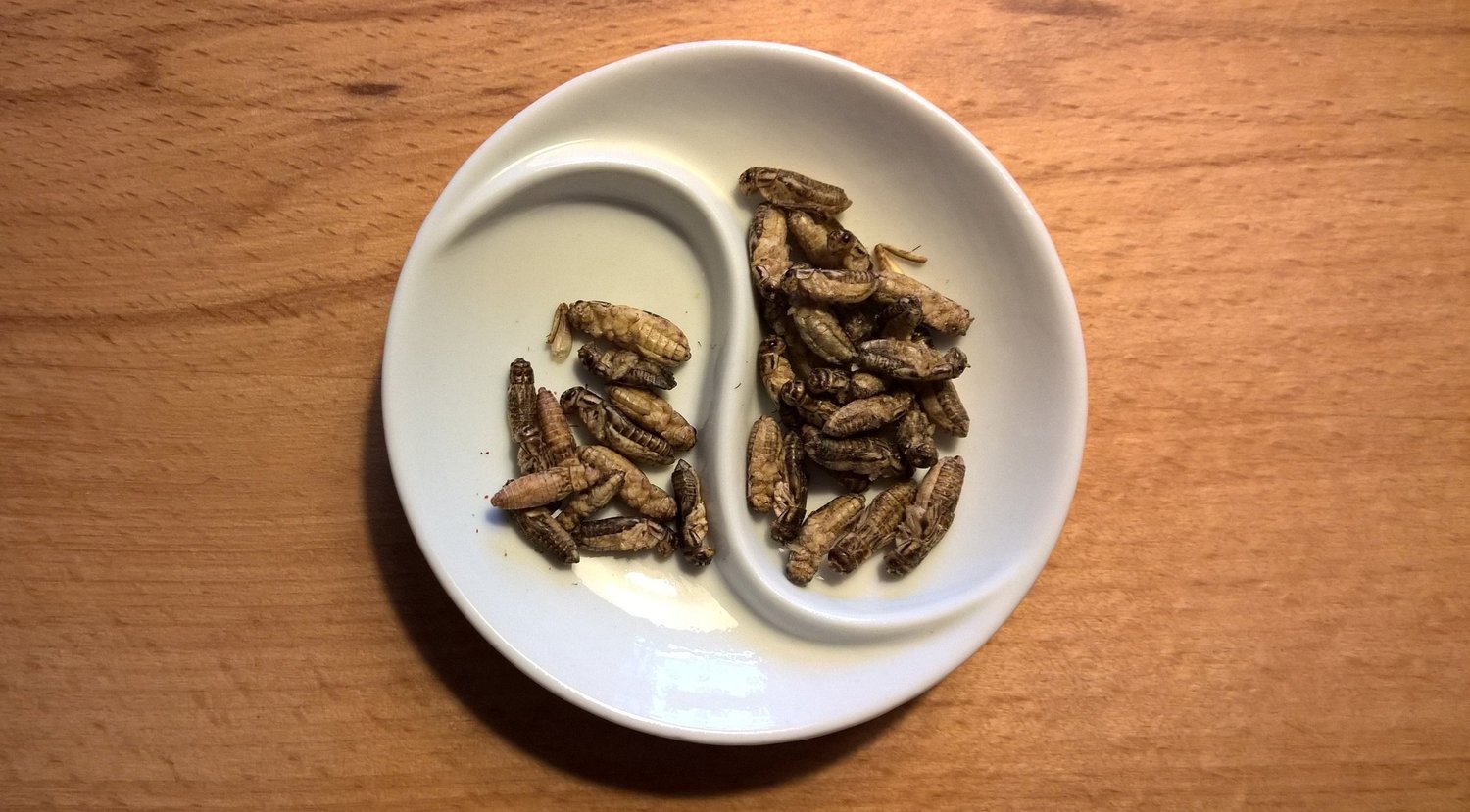Dear system change leaders,
Did you ever eat insects? I know that right now your only thought is “Yuck! Should I just skip this blog post?”! Believe it or not: beetles, caterpillars, crickets, bees, grasshoppers, etc. are trending (probably not yet on Instagram!) and we hope that by the end of this newsletter you will be ready to try it out yourself!
Yes, eating insects is disgust… well, not part of our cultural heritage. Your reaction is completely normal. We have been taught from our early years to dislike those small creatures and stay away from them. But, when you think about it, what about shrimps? Do they look any better? And honey? It is made of liquids secreted by bees! And even milk? Literally drinking what is coming out of the cows’ udder! … Well, you got my point! It is just a question of education!
In fact, almost 2 billion people eat insects on a regular basis, and not because they are starving and don’t have the choice, but because it is part of their traditional diet! In South East Asia, some insects or insect-based recipes are sold as delicacies – spiders in Cambodia, scorpions in China.

Spiders sold on a market in Cambodia
Well, if some people want to eat insects, fair enough, but why should YOU? Because insects can truly revolutionise our food production systems:
- It’s the protein source of the 21st century. About 15% of our daily energy intake should be covered by protein. As such, about 525 million tons of plant-based protein are being produced per year (corn, rice, soy, wheat). But only 25% of the produced mass ends up on our plate: 15% go to waste and 60% are used to feed animals – so basically, to produce animal-based protein for us humans! Insects are a brilliant alternative.
- Insects are cold-blooded… and that makes for a very high feed conversion ratio. On average, insects can convert 2kg of feed into 1kg of insect mass (beef needs 8kg of feed for 1kg of mass increase). Insects are also great recyclers: they can recover up to 70% of proteins from organic waste.
- Insects offer high nutritional value. The nutritional value of insects is dependent on their metamorphic state, their habitat and their feed. Most insect species are rich in unsaturated fatty acids (similar to fish), high in fibre and micronutrients like copper, iron, magnesium, manganese, phosphorous, zinc and selenium. Compared to (pig-/cow-) meat and fish, insects deliver high value protein and nutrients.
- Their environmental footprint is way below that of conventional meat. The production of greenhouse gases and the water footprint of insect production is much lower than conventional meat production. Pigs produce 10-100 times more GHG per kilogram of body mass than mealworms. Cultivating insects requires much less land occupation (on one sqm you can grow 1kg of insect protein, even more in vertical farming methods). To produce 1kg of animal-based protein, 8 litres of water are required for insects, 1250 litres for poultry and 8350 for cows!
How can you resist these arguments even further? Oh, and yes, we almost forgot to mention: insects are actually tasty! They come in all shapes and tastes. You have so many insect recipes to discover! So, don’t hesitate and order some at Eatgrub or Entofarms. Just want an insect protein bar? Here you are: Chapul, JungleBar, Exoprotein. Looking for a fun restaurant? Look-up our short-list for London, Munich and Jakarta or here for other locations. Or maybe you prefer to grow them directly in your kitchen? Get your own desktop hive for edible insects from Livinfarms!
Another really interesting application of insect protein is animal feed: chicken, fish and pigs eat insects naturally – why not substitute their soy and corn-based feed with insects? It sure saves water, reduces greenhouse gas emissions and frees arable land. In fact, one of SYSTEMIQ’s land use projects in Indonesia is built on insect feed! Some of many interesting start-ups to have on radar for insect feed include Agriprotein, Ynsect and Protix.
So, are you ready? Want to try it? Let’s just do it!
Written by Alexandre Kremer and Ronja Wolf

